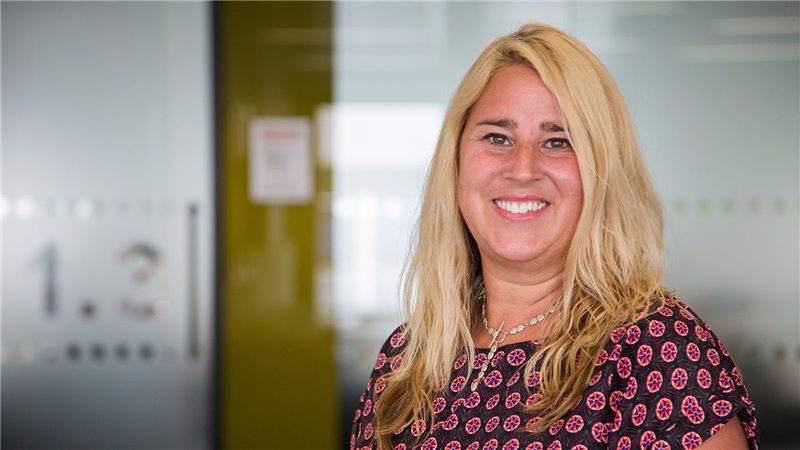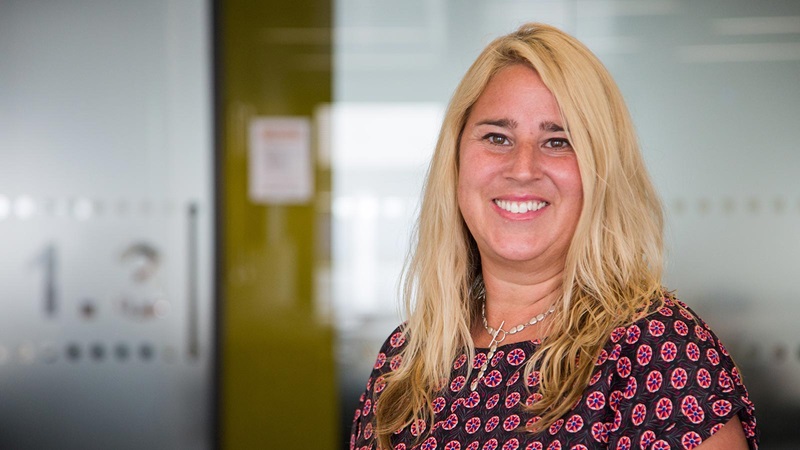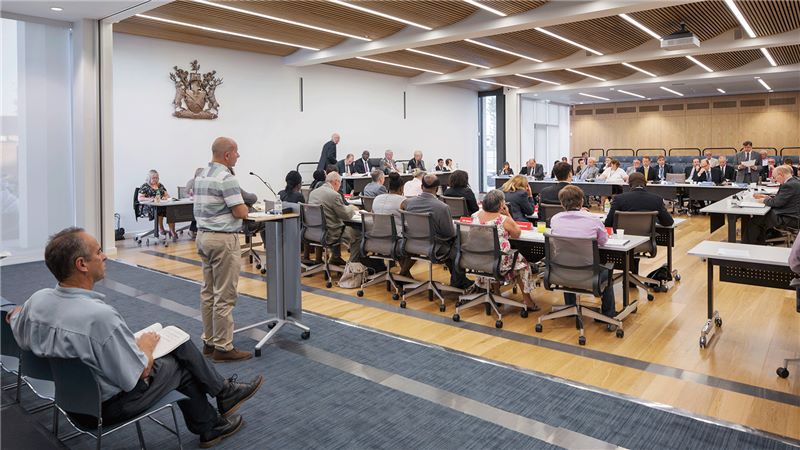
Geraldine Scott
Project Manager
Consultancy, UK
Geraldine Scott combines her love of art and design with project management skills to create new public sector offices that are not just functional and efficient, but enhance the environment for the people working in them.
- How did you get into what you do?
- My first love was art and design – interior, shop, theatre and set design. For the first 15 years of my career I used my skills in computer aided design (CAD) to plan workplace layouts at law firms, managing their estates and office relocations. I then worked for a global technology company and got more involved at a strategic level, consolidating their estates across Europe. I successfully applied for a similar opening in Mace’s public sector consultancy team in 2014.
- Have you attended any significant training at Mace?
-
The majority of my career had been workplace design but I wanted to expand as a project manager so that I could be part of realising the designs. A year after joining Mace I was accepted to take the Association of Project Managers Practitioner qualification which Mace ran from its London office. That was pivotal in telling me I’m on the right path.
I’ve also developed my skills in building information modeling (BIM) software, which means I’ve been able to keep one foot in the workplace design camp and use my creativity, but have my other foot in the project management camp.
- What do you enjoy most about your current role at Mace?
- I love being able to make spaces more efficient and using my skills to know how the end result will feel. One client said to me: “thank you for seeing the vision before we could see it ourselves”. I like to think I bring a little bit of fairy dust and create not just a functional office but a place that people want to be in.
- What has been your favourite piece of work at Mace?
-
I was project managing the relocation of an infrastructure organisation's London offices from Victoria to Canary Wharf. It turned into a complete design and fit out job and I produced the conceptual designs. I’ll never forget the moment the client walked onto the floor and suddenly stood motionless. I had to grab him and ask: “Are you alright?” He had literally stopped in his tracks and was taken aback by the new office in front of him.
I’ve also modelled designs for ten new prisons that incorporate open and collaborative spaces for training and rehabilitation. These concepts are in line with how I feel about the purpose of prisons, so I was pleased to be able to contribute to that professionally.
- What skills and traits do you need to be good at your job?
- You need to be able to gather and cut through a whole lot of complex information and then present it back to a client in a concise format. You also need training in the latest CAD software. But it’s not enough to simply be creative and functional. A good spatial awareness is also important – how the space will actually feel when you’ve transformed it. In that sense it’s about people, their emotions and psychology.
- What might someone be surprised to know about you?
- I’m training to be a spiritual healer. I’ve always been interested in the unusual. I found myself reading a book about a medium and it felt like something I needed to do. Life is more than the normal routines and habits of living.

“It’s not enough to simply be creative and functional. A good spatial awareness is also important. In that sense it’s about people, their emotions and psychology.”










